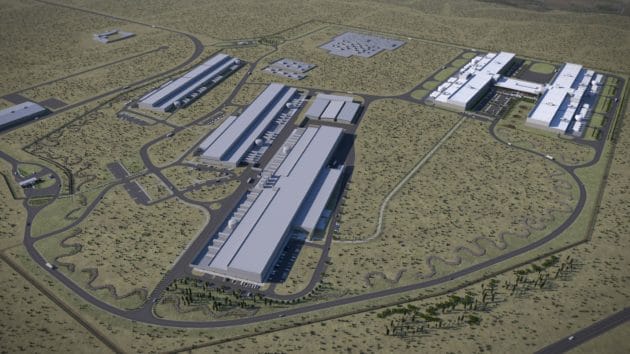Harvard economist Jason Furman argues that the U.S. economy’s real growth in the first half of 2025 was overwhelmingly driven by investment in data centres and information‑processing technology. Excluding these categories, GDP growth would have been an annualised ≈ 0.1%.
The Numbers
- Investment in information‑processing equipment and software made up only about 4% of U.S. GDP in H1 2025.
- Yet, this investment accounted for around 92% of GDP growth during that period.
- Without data‑centre / tech‑investment contributions, growth would have been near‑flat (≈ 0.1%).
Why It Matters
- Concentration of Growth: The fact that such a narrow segment (data‑centres / tech infrastructure) is responsible for virtually all of the growth raises questions about the breadth and sustainability of the expansion.
- Weakness in Other Sectors: Non‑tech sectors — such as manufacturing, real‑estate, retail and services — showed lacklustre contributions to growth during H1 2025.
- Tech Investment as Engine: Large tech firms (e.g., Microsoft, Google LLC/Alphabet, Amazon, Meta Platforms, Nvidia Corporation) are investing heavily in data‑centres to support AI and large‑language‑model workloads — this investment is powering the growth. The Economic Times
- Energy / Infrastructure Implications: The surge in data‑centres entails high energy consumption, infrastructure strain, and environmental concerns — raising questions about long‑term viability.
Risks & Considerations
- Sustainability: If growth is nearly all coming from one segment, a slowdown in that segment (e.g., data‑centre build‑out) could drag the broader economy.
- Spillover Effects: Will data‑centre investment lead to broad‑based productivity gains across other sectors, or remain narrowly clustered?
- Energy & Resource Constraints: Large‑scale data‑centres consume significant electricity, water and land — these may become bottlenecks.
- Policy & Regulation: Governments may need to consider infrastructure, tax / investment policies and energy planning given the concentration of growth drivers.
What to Watch Next
- The extent to which non‑tech sectors pick up the slack in H2 2025.
- Whether data‑centre and AI infrastructure investment continues at the current pace — and what happens if it slows.
- Indicators of broader productivity gains: how much of the tech investment flows into other sectors.
- Energy grid stress, regulatory responses and sustainability metrics for large‑scale data infrastructure.
- Macroeconomic signals such as employment growth, manufacturing output, consumer spending beyond tech.
Conclusion
The headline finding — that without data‑centres the U.S. economy would have grown only around 0.1% in H1 2025 — underscores the extraordinary dependence on a narrow type of investment for growth. While impressive in one sense, it also signals potential fragility: if that investment slows or fails to translate into wider economic dynamism, the broader economy may struggle to sustain momentum.



